Achieving optimal health is what most people want to achieve. For many, this means consuming more vegetables. However, it’s not always the case. With global vegetable production tainted with chemicals, it’s not a sustainable option.
By growing your vegetables, you have complete control of what goes into their production. Yes, producing your own vegetables can be laborious, expensive, and time-consuming. But it can also be fulfilling to know you’re consuming something healthy.
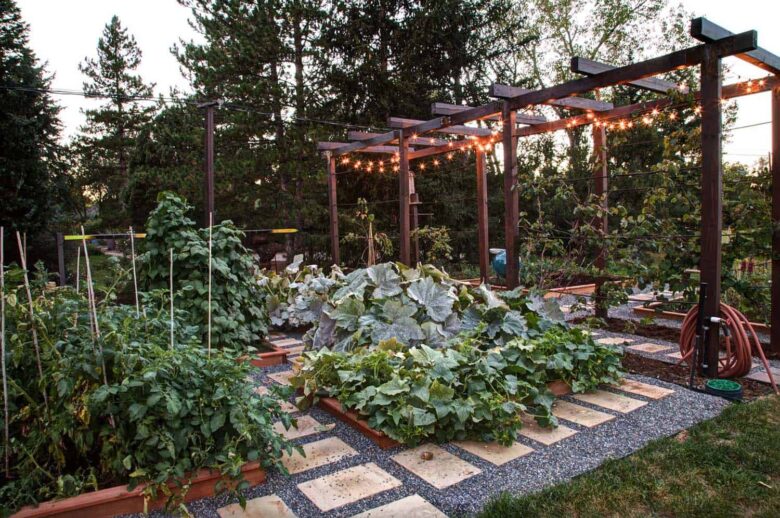
Source: onekindesign.com
Contents
The Benefits of Vegetable Garden to Health
An indoor vegetable garden is an excellent way to get fresh produce year-round. It’s also a great way to boost your health. You can enjoy the following benefits:
Maintains healthy diet
In general, people rarely buy organic vegetables because they’re more expensive. Without pesticides, growing organic vegetables requires more manual labor, which increases its price. Having your vegetable garden gives you easy access to fresh produce. Since you’re not spending too much, adopting a healthier diet is easier.
Organically grown foods are rich in magnesium, iron, vitamin C, and phosphorus.
Boosts mood
Maintaining an indoor vegetable garden is not just a way to grow vegetables. It’s also great for boosting mood.
When gardening, you’re working with your hands and enjoying nature. These activities are proven to be mood boosters because of the endorphins released. In addition, gardening is therapeutic as it gives you a purpose and control over your environment.
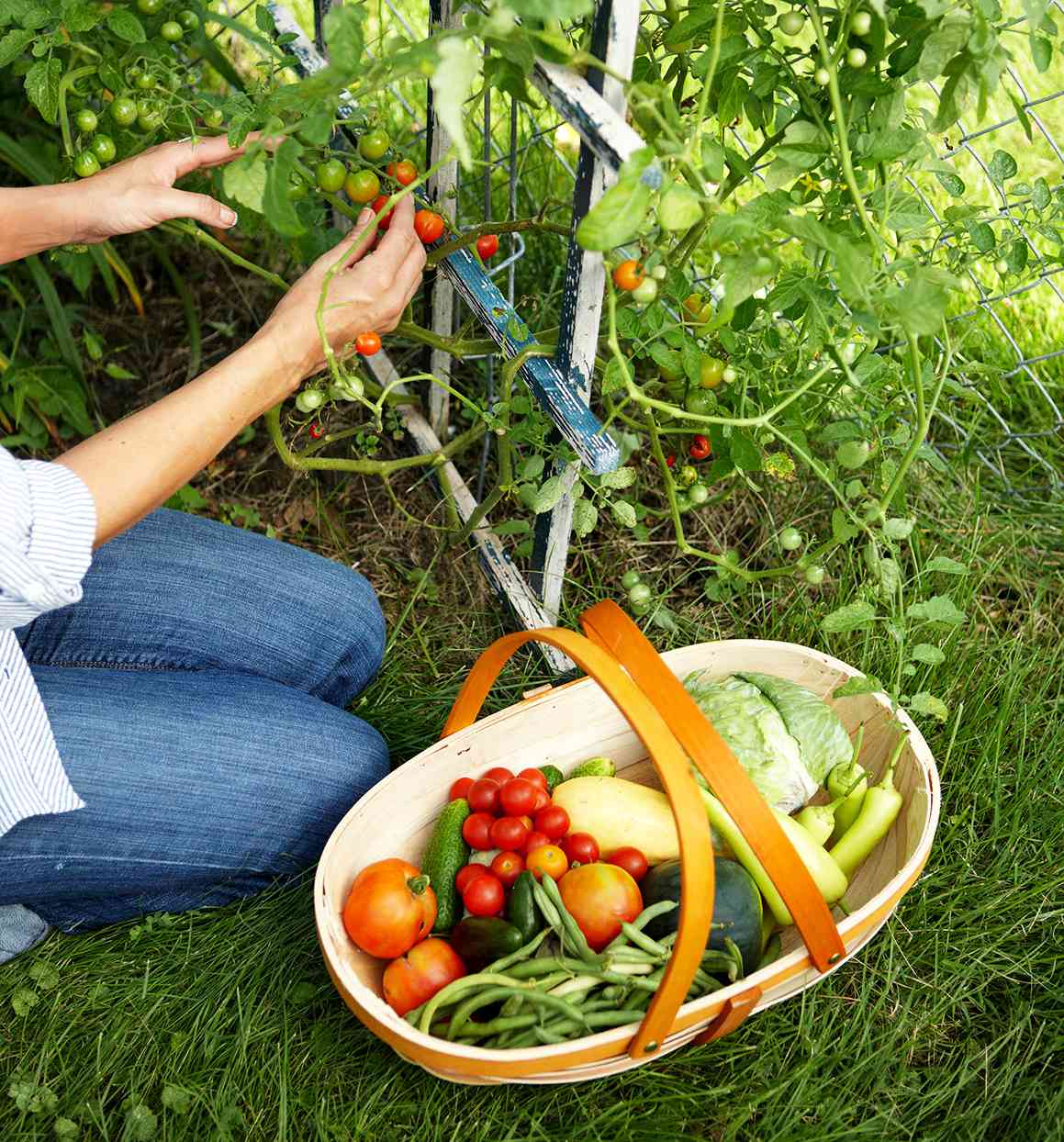
Source: bhg.com
Lowers dementia risk
Approximately 5.6 million seniors in the United States live with dementia. By 2030, the number of people diagnosed with this disease will likely double. The good news is that there are methods that we can lower our risk of developing this illness.
One of them is gardening. Studies show that gardening increases the brain activity of older adults. Not only is it effective for dementia, but it is also a preventive measure for other cognitive impairments.
Improves air quality
A vegetable garden is an excellent addition to any home. Aside from providing healthy food, It improves the quality of air, provides healthy food, and gives you a chance to get some exercise.
Many vegetables can improve respiratory health. Like ornamental plants, their leaves and roots contain antioxidants. This naturally occurring chemical fights against respiratory infections. Vegetables like spinach and kale have antioxidants.
Increases focus
An indoor vegetable garden can be a great way to improve focus and concentration. Engaging in this activity can train you to concentrate on the task at hand sans the distraction. The vegetable garden doesn’t just affect health positively but also cognitive function. One study found that exposure to greenery improves concentration and focus among individuals with attention deficit hyperactivity disorder (ADHD).
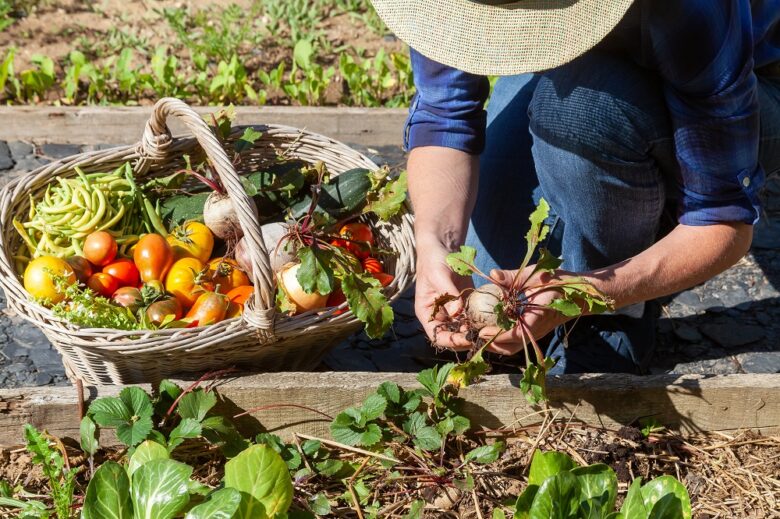
Source: thespruce.com
Starting Your Vegetable Garden
Convinced about starting your own vegetable garden? Here are a few tips:
Choose Easy-to-Grow Vegetable
An indoor vegetable garden can be an excellent hobby, but it also means taking your time to cultivate them. For starters, it’s best to choose easy-to-grow vegetables. There are a couple of easy-to-plant vegetables perfect for starters. Some of them even grow from scrap vegetables of your previous dinner ingredients.
Here is a list of easy-to-grow vegetables:
- Carrots
- Spinach
- Salad vegetables
- Green onions/Scallions
- Hot peppers
- Herbs
- Leafy vegetables
- Micro grains
- Potatoes
- Radish
- Tomatoes
If you’re starting from seeds, consider seed quality. You can check out Neverland for a wide range of products essential for growing healthy vegetables in your home. Click here to make a purchase.
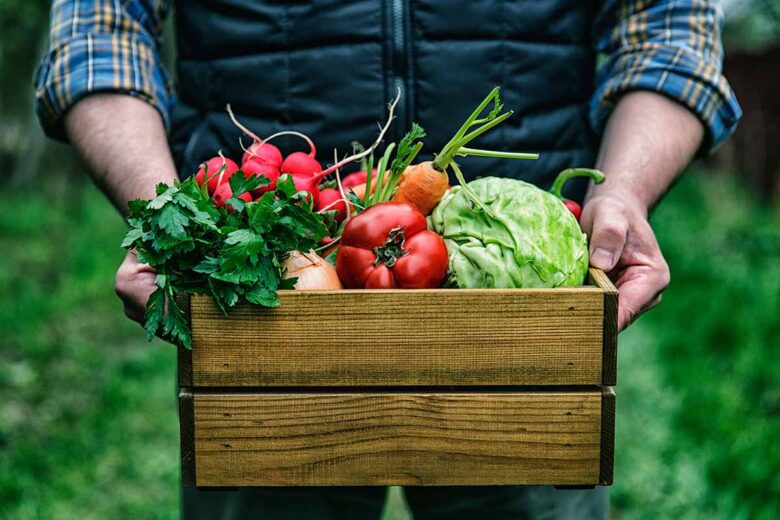
Source: gardenerspath.com
Consider Vegetable Environmental Needs
The primary purpose of a vegetable garden is to provide a controlled environment for plants. Thus, vegetables are usually grown in pots or recyclable containers. In addition, providing suitable soil, water, and nutrients can promote vegetables’ optimal growth.
Listed below are some tips if you’re planning your indoor vegetable garden:
Space
When choosing the vegetables you will grow, consider the available space you have at home. This will tell you how much of each plant type you can grow in your limited space.
Some vegetables grow best in the ground and others in containers. For example, tomatoes need a lot of space to grow, so they may be more appropriate to grow outdoors. On the other hand, lettuce does not need as much space and can be grown in indoor gardens.
Location
Location is a crucial factor in the success of a vegetable garden. Ideally, your vegetable garden must be in an area that receives adequate sunlight and proper ventilation. A south-facing window is optimal, but a west or east window also works. The kitchen area is also in a strategic position as it is near water sources for drainage.
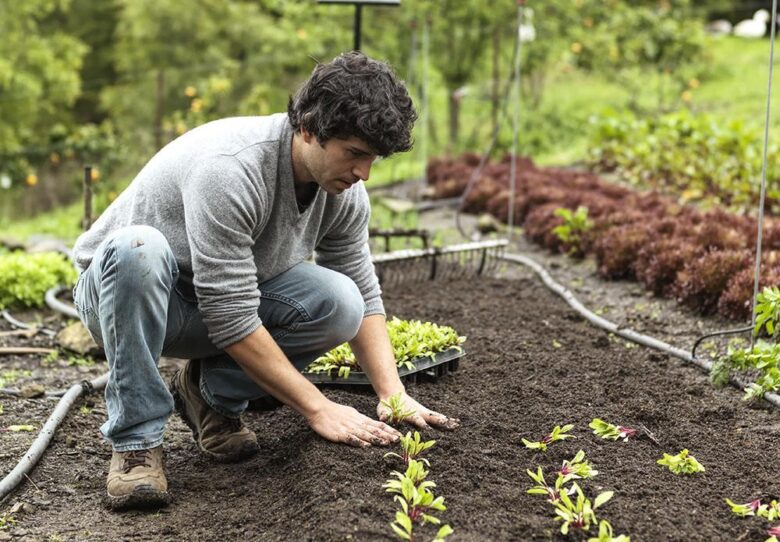
Source: viva.co.nz
Water
Vegetables need water to grow. It’s also critical to ensure they grow healthy. Make sure to check the water quality in your home. Note that hard water may cause damage to susceptible plants. You may need to soften your water to make them usable for your indoor vegetables.
If you’re concerned about water consumption, you can conserve use by harvesting your vegetables at the right time. Perfect timing allows them to keep their moisture and slows down the rate of spoilage. Another way is planting your vegetables together or in the same long pot. Allowing enough water supply despite the dry environment can save irrigation costs. You can also use mulch around your vegetable – this will help keep moisture in the soil.
Soil
With outdoor gardening, soil quality depends on the surroundings. Indoor gardening allows you to choose the type of soil you can use. Since indoor gardening requires you to use pots, you must ensure your soil is well-draining.
Remember that indoor gardening means you’re responsible for enriching the soil. Research about what organic fertilizers you can use.
Sunlight
Vegetables require a good amount of sunlight to grow. Lettuce needs at least 14 to 16 hours of light to grow optimally. Providing this necessity can help them produce fruit rich in nutrients with good flavor. When grown indoors, they can be grown using LED or fluorescent lighting.
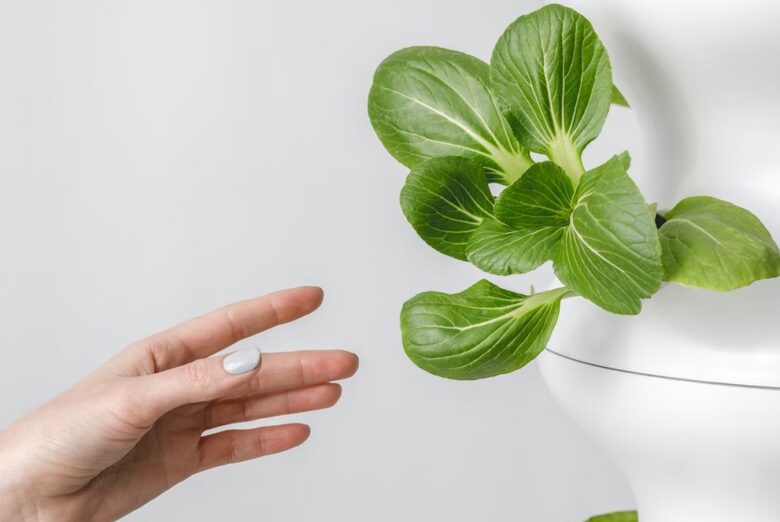
Source: unsplash.com
Growing Indoor Vegetables Using Hydroponics
Hydroponics is a technique that uses less space, water, and time to grow plants. Since this method doesn’t use soil, it needs a nutrient-rich water solvent to facilitate growth. This allows the vegetables to contain high levels of nutrients.
This method’s ease of production makes it one of the leading processes worldwide. With increasing adoption, it’s estimated to increase by 20.7 percent from 2024 to 2028.
Note, however, that the upfront costs for setting up hydroponics are higher than conventional methods. But it still offers more savings in time, money, and other resources in the long term.
Takeaway
You may think that indoor vegetable gardening can be a daunting task. Except for the space, the requirements are the same, if not fewer than outdoor gardening. If you want to enjoy the health benefits of organic vegetables, start yours now. Use this guide to help you get the conditions right.
Learning and comprehending the ins and outs of indoor gardening takes time. But once you get the hang of it, you’ll realize that growing your own food is worth it.
